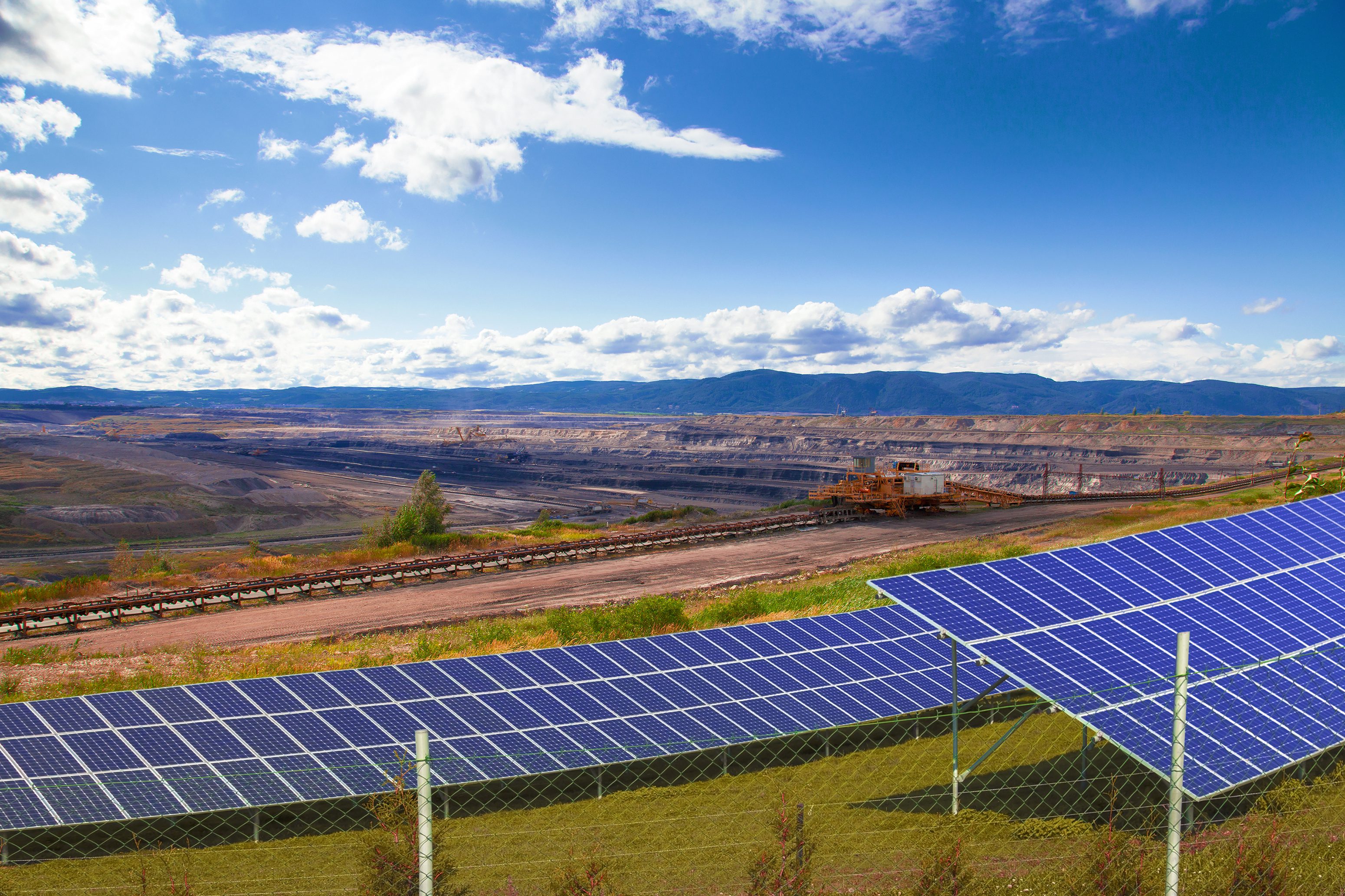According to a recent Columbia Center on Sustainable Investment report, energy accounts for nearly 15% of mining costs and rises to 40% in metal mines. The report projects that by 2035 mining-sector energy consumption will increase by 36% as demand for minerals grows and remaining ores become more difficult to extract. Global steel demand, for example, is projected to increase by more than a third through to 2050 according to the International Energy Agency (IEA). Today, steel production already generates 7% of all greenhouse gas emissions. These numbers make achieving sustainable Mining, Minerals, and Metals processing operations more challenging.
Increased energy consumption will make it difficult for Mining, Minerals, and Metals firms to achieve CO2 emissions targets. To simultaneously achieve both financial and sustainability goals, these firms will need to revisit the ways they generate and acquire power while finding better ways to manage their energy consumption.
Fortunately, advancements in off-grid electrification have opened new possibilities for the Mining, Minerals, and Metals industries. Technologies such as microgrids, and new methods for managing and funding energy ̶ such as Energy as a Service (EaaS) and power purchase agreements (PPAs) ̶ now make reductions in greenhouse gas emissions much more affordable and feasible.

Microgrids as a cornerstone for sustainable Mining, Minerals, and Metals
Since many Mining, Minerals, and Metals facilities operate in remote locations, they are prime candidates for microgrids. When energy must be transported and distributed over long distances, energy losses can accrue to about 5%. Current methods for using diesel to supply local power generation are producing high CO2 emissions. Microgrids stationed at the site of mineral and ore extraction facilities can both radically shorten the distance electricity must travel and can easily integrate on-site renewable energy sources such as solar power, reducing or eliminating the need for diesel generators. Acting as a local means for generating, distributing, and managing energy, microgrids optimize self-consumption and are effective at minimizing both cost and energy loss.
The benefits of microgrids go beyond their ability to easily operate in conjunction with renewable solar and wind energy generation and include:
- Higher resilience – Microgrids can generate and store power independently from any main power grid offering a more resilient approach to maintaining power stability. By having the option of either acting in coordination with the existing grid or acting as an independent island, the steady, predictable supply of energy greatly minimizes operations power-related downtime.
- Supports migration from fuel furnaces to electric furnaces – In the glass and steel industries, a sustainability trend towards the electrification of furnaces is helping to reduce costs and to lower global carbon emissions. Innovations such as Electric Arc Furnaces (EAF) and Direct Reduction Iron (DRI) are helping to eliminate the use of high emissions fuel furnaces (which produce 80% and 95% of emissions in glass and steel production respectively). Microgrids play an important role in supporting these new processes as Alternative and additional sources of renewable energy.
- Easier management – Cloud-based microgrid management solutions, such as EcoStruxure Microgrid Advisor, provide a Human Machine Interface (HMI) for site managers, process the various demand/response requests, optimize output decisions based on energy tariff rates and weather forecast predictions, and factor in user consumption constraints. Microgrid operators need not be technically astute energy experts to manage their microgrids due to the intuitive user interfaces, and the ability to tightly control energy use helps to both decrease energy bills and minimize carbon footprint.
- Attractive ROI – Lower renewable power generation prices make microgrids increasingly cost-effective to operate. Prices are also declining for electric energy storage, allowing for more effective self-consumption of solar energy. In fact, modular lithium-ion batteries and electrical panels that make up the core infrastructure of many microgrids provide a scalable base from which to build when demand grows. Deployment of such technologies can help to decrease power infrastructure installation and support costs by up to 80%. In most cases, microgrid ROI can be achieved within 5 years because of minimized fuel usage.
Innovative approaches for managing and financing
Mining, Minerals, and Metals firms now also have the option of transferring the burden of financing, owning, installing, and managing their energy infrastructures via long-term agreements to third-party organizations like AlphaStruxure (a joint venture between The Carlyle Group and Schneider Electric), that offer EaaS. Such an arrangement offers Mining, Minerals, and Metals stakeholders the ability to improve productivity and meet energy-related reliability, resilience, sustainability, and cost objectives with no up-front capital outlay. This arrangement allows stakeholders to outsource the energy management task to the specialists, and to focus more on their core business of cost-effectively extracting, refining, and delivering ores and minerals to the marketplace.
Some companies are also choosing to participate in PPAs, financial instruments that help Mining, Minerals and Metals firms benefit from guaranteed cost-savings, risk mitigation, and fixed energy prices. For example, BlueScope, a major steel manufacturer with plants in Australia and around the world, and a significant energy user, wanted to reduce its electricity costs which exceeded $110 million per year.
BlueScope engaged Schneider Electric to perform a full energy portfolio review and to build an energy purchasing strategy, including market forecasts to help mitigate risks caused by increasing energy costs. After a thorough portfolio review – and considering BlueScope’s electricity spend – Schneider Electric proposed a flexible purchasing approach. This strategy combined the flexibility of purchasing electricity in portions for specific time periods with the advantage of going to the market when the prices were relatively low. Schneider Electric also advised BlueScope on the execution of Australia’s largest solar energy corporate PPA to date, a seven-year agreement that further reduced BlueScope’s energy costs and contributed to their sustainability objectives.
For more information
To learn more about how Mining, Minerals, and Metals companies can accelerate their carbon emissions reductions, download the new Schneider Electric e-guide “Five innovative approaches to resource sustainability”



